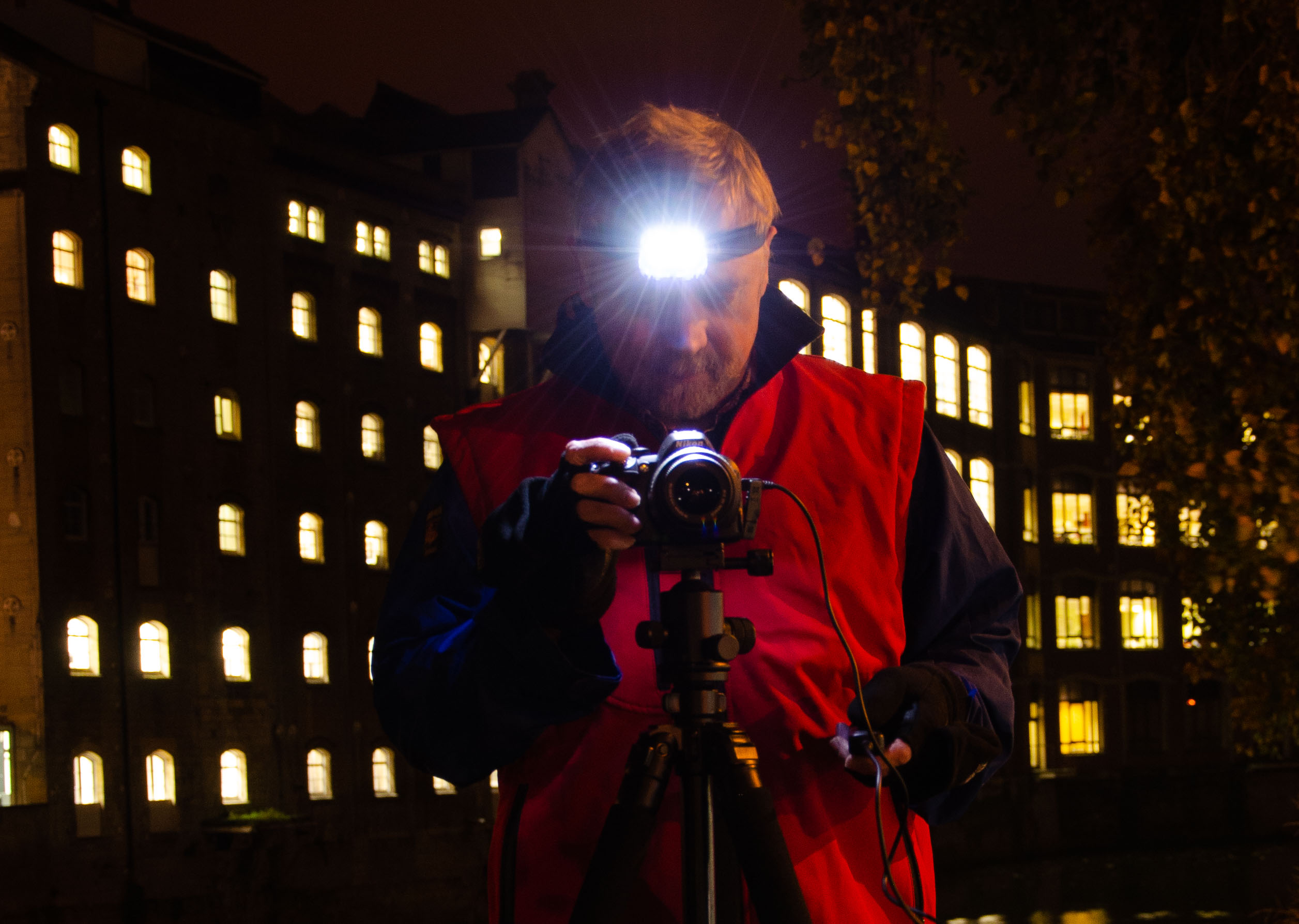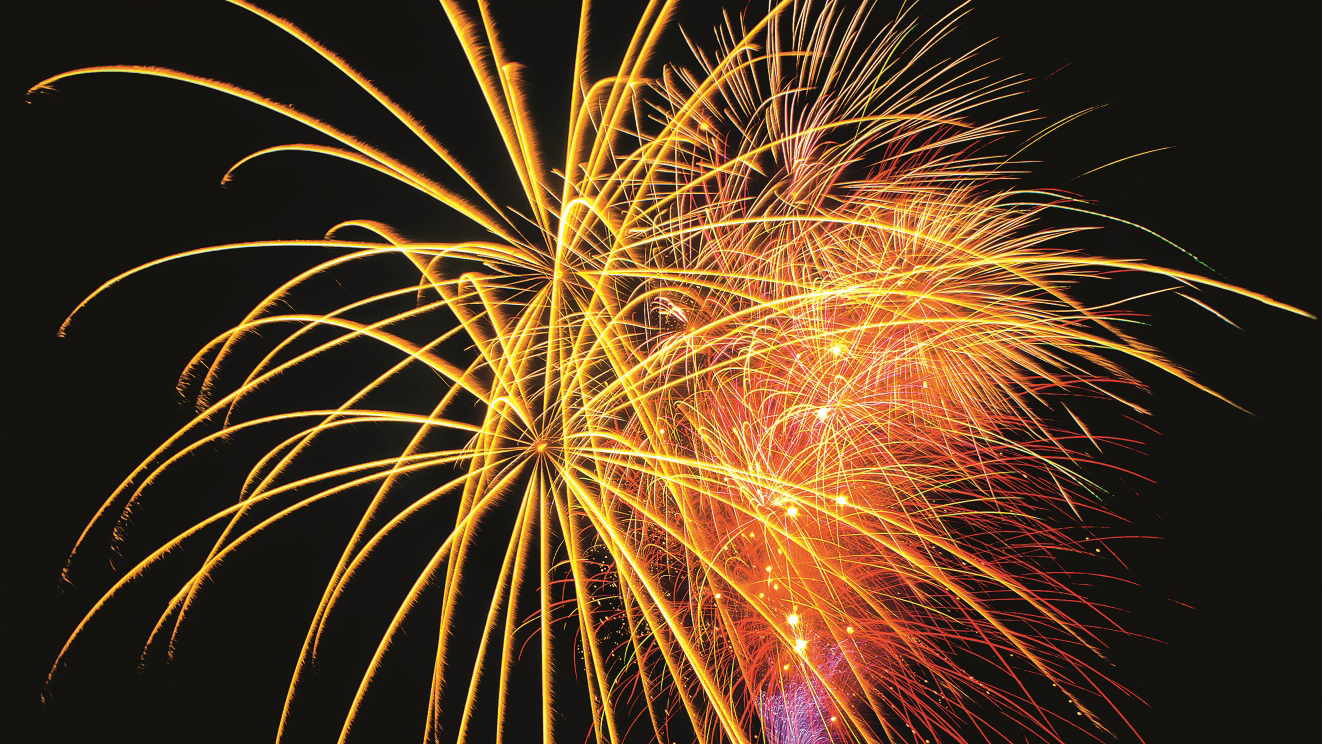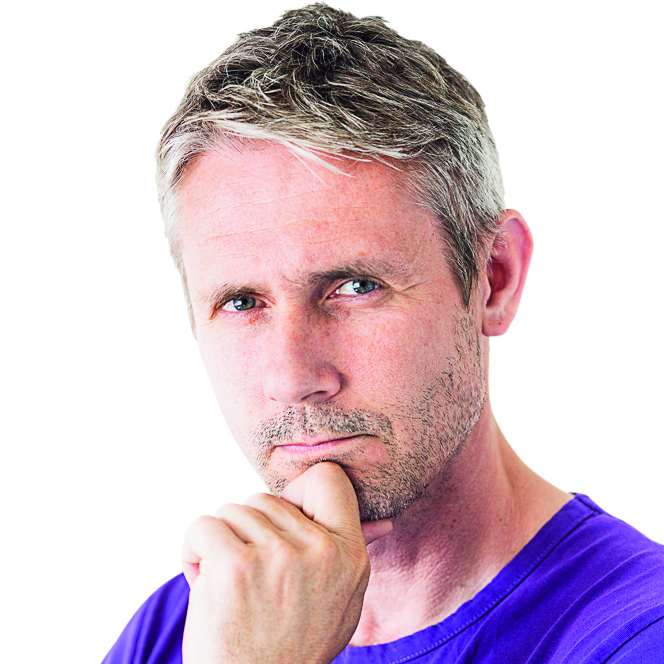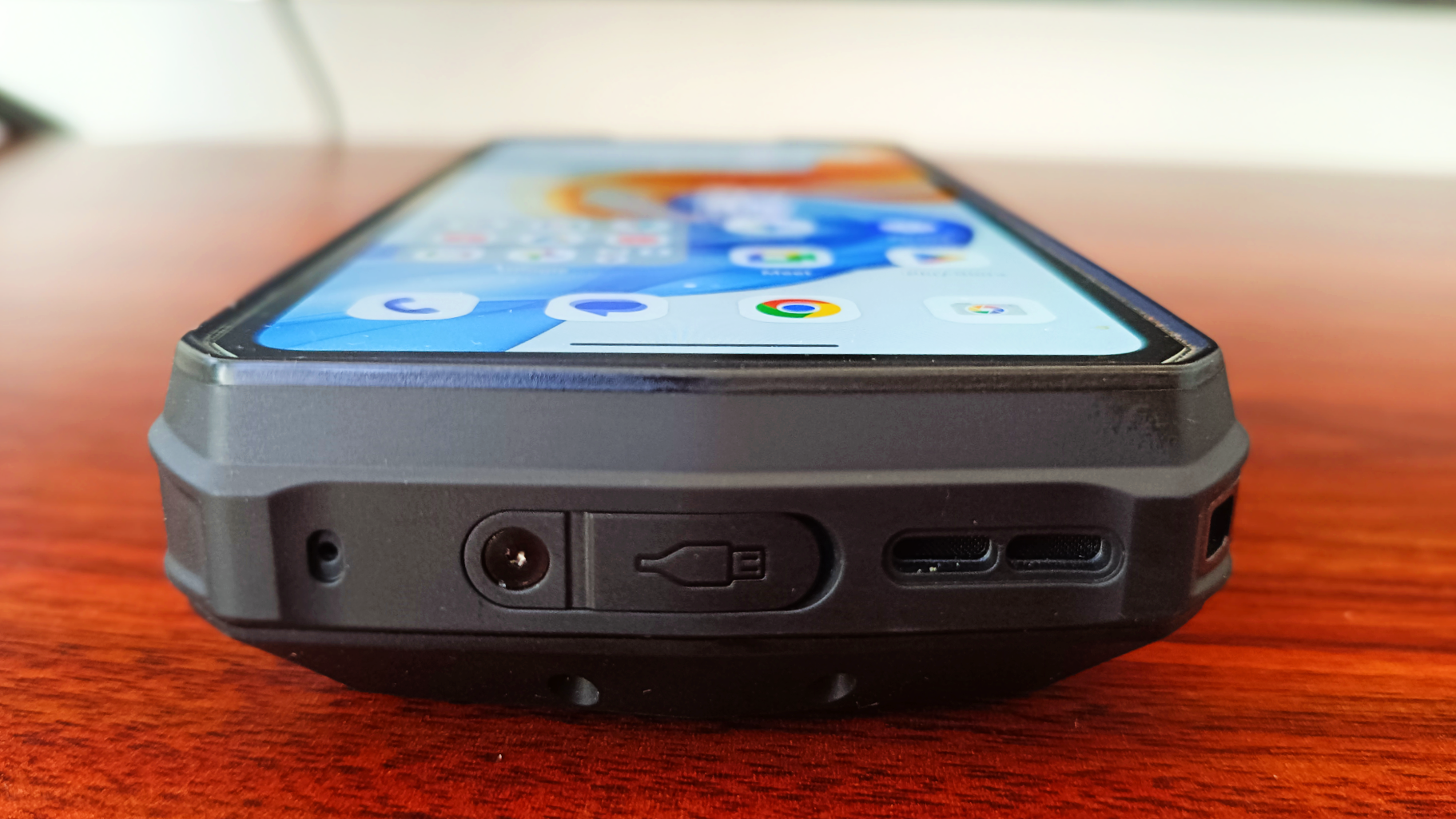What is your camera's Bulb (B) setting and what is it for?
Discover the mode that allows you to open up your shutter for as long as you want, and when you’d use it

Bulb is a rather mysterious setting for anyone who has never ventured beyond their camera’s automatic or semi-automatic exposure modes. Sometimes even finding Bulb can be a journey to previously unexplored areas of your camera’s workings.
Depending on the manufacturer and model of camera you use, Bulb is either displayed as B on the main command dial, or it is a shutter speed setting found when you are shooting in Manual (M) mode.
To activate Bulb in this way, you need to navigate to the slowest shutter speeds your camera allows and there, beyond 30secs, you’ll find Bulb or B. In Bulb, you can open the shutter for as long as you want.
There are no time limits, so it’s a popular setting for anyone wanting to shoot exposures that last longer than the 30secs limit you’ll usually find in other exposure modes. Of course, there is a catch.
Exposures in Bulb mode
In Bulb, you will get no help as to what the ‘correct’ exposure is, so you set aperture manually, and hold the exposure open for whatever time period you think is right. This alone requires some experimentation, but if you use Bulb a lot, you’ll soon start to get a feel for how much longer than 30secs you need the shutter to be open.
The other ‘catch’ is that to keep the shutter open you must have the shutter button pressed down the whole time. With long exposures this is obviously an issue since you would most likely move the camera and ruin the result. The way around this is to use a cable or remote release that allows you to start the exposure and then lock the shutter open until you physically close it.
The good news is, that once you get your head around the fact that Bulb is just another shutter speed that simply requires ‘locking open’ via a remote release, then a whole new area of interesting and creative long exposure photography opens up to you.
The best camera deals, reviews, product advice, and unmissable photography news, direct to your inbox!
When shooting ultra-long exposures, a tripod is a must, and you need to be aware that long exposure noise has the potential to degrade image quality. However, even so, in Bulb it’s possible to shoot moonlit images that almost look like daylight or take stunning images of star trails in the night sky.
Black card exposures
There are occasions when even if the actual exposure required is less than 30secs, Bulb is still a good technique to use. For example, when shooting traffic trails or fireworks.
While the shutter speed for these subjects might only be 8 to 10secs, using Bulb allows you to leave the shutter open to time car lights moving through the frame or fireworks going off.
In between traffic or explosions, you can simply hold a black card over the lens, so no further exposure is made until the next car moves through the frame or another firework dazzles in the sky and you remove the card. This way you can build up the exposed lights over a longer period of time for a more dramatic image.
Read more:
Andrew makes his living as a photographer, videographer and journalist. For 26 years he was a specialist magazine editor, the last 13 of which were on Practical Photography magazine. A long-time expert in photographic techniques across many disciplines, he's a self-confessed photo generalist, and a font of creative knowledge to capturing just about any subject, although he has a strong leaning to wildlife and travel photography. Andrew's wide-ranging photography experience means he authors the long-running Photo Answers section for Digital Camera Magazine. His work as a journalist, guide and educator dovetails neatly into his commitment to Foto-Buzz - an online subscription community he founded, where Andrew writes articles, films tutorials and records blogs on all manner of photo-related subjects and techniques for enthusiast photographers.



